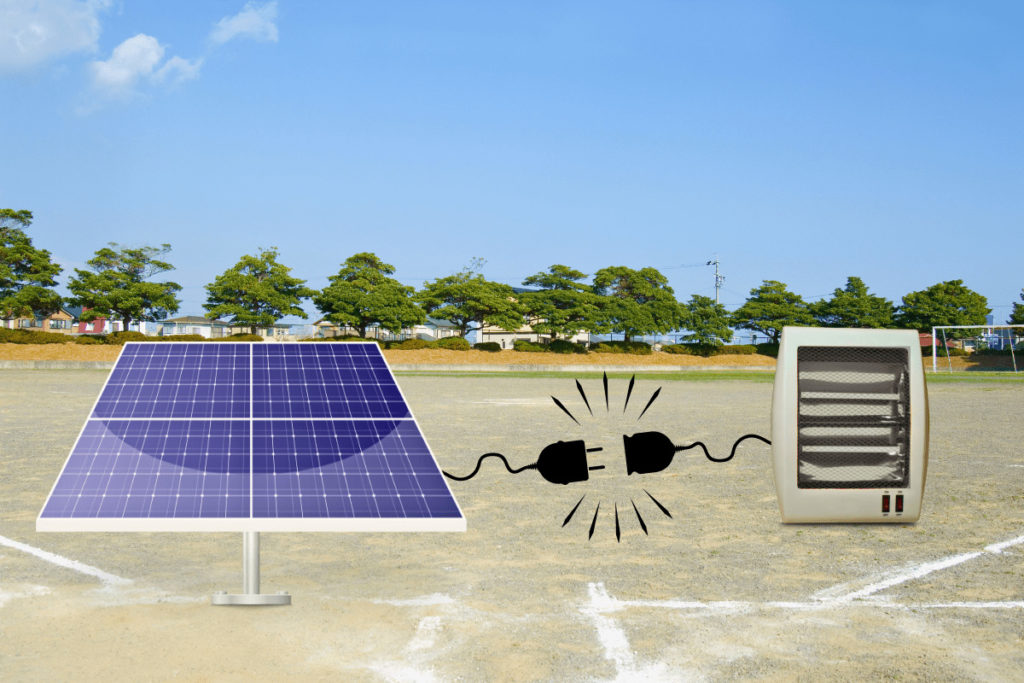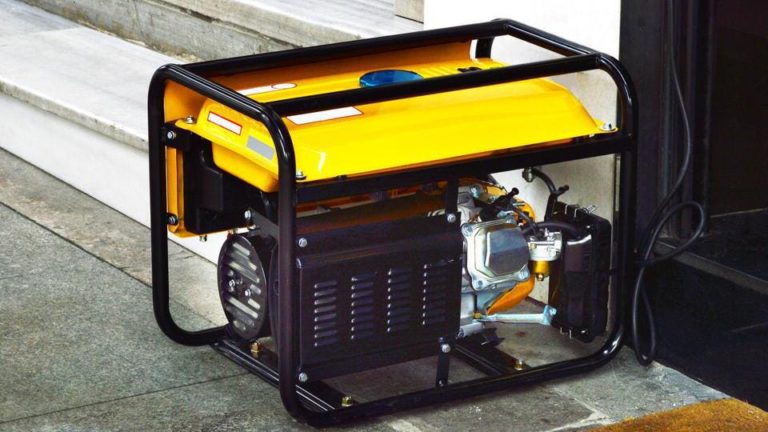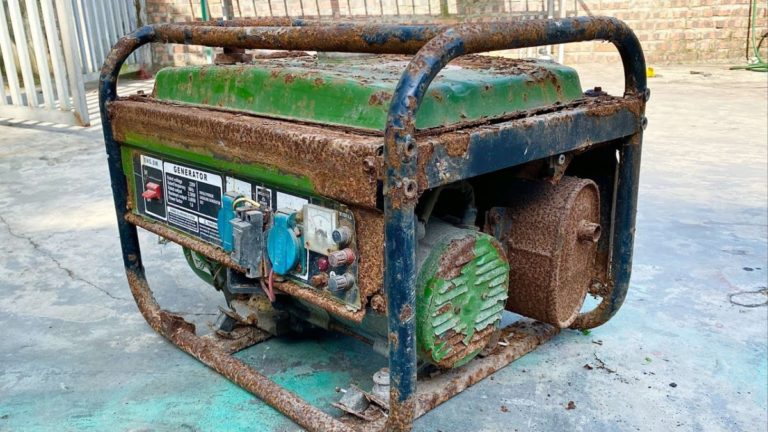Standalone Energy Storage: Pros and Cons
As more homeowners and businesses look to integrate renewable energy sources into their properties, the need for effective energy storage solutions has grown increasingly important.
Two main types of energy storage systems are grid-tied and standalone, each with its own set of pros and cons.
We’ll explore the benefits and drawbacks of both options to help you determine which is best suited for your specific needs and goals.
Whether you’re looking to reduce your carbon footprint, lower your energy bills, or simply achieve a greater level of energy independence, understanding the pros and cons of grid-tied versus standalone energy storage can be key in making an informed decision that fits your lifestyle and budget.
So let’s dive right in!
Lower upfront costs
Grid-tied energy storage systems are generally less expensive to install and maintain than standalone systems.
First, grid-tied systems can take advantage of the existing electrical infrastructure, reducing the need for additional equipment and installation costs.
Because grid-tied systems are connected to the utility grid, they can utilize the existing distribution network, which eliminates the need for a separate power conditioning system and reduces the complexity of the installation.
Furthermore, the cost of energy storage equipment has been declining in recent years, making grid-tied systems more affordable than ever before.
The cost of maintenance and upkeep for grid-tied systems is typically lower than for standalone systems, since the system is connected to the grid and can be easily monitored and maintained remotely.
Overall, grid-tied energy storage systems offer a more cost-effective solution for businesses and households looking to benefit from renewable energy and reduce their energy costs.
Increased energy efficiency
By using excess energy from the grid to charge the battery, grid-tied systems can increase energy efficiency and reduce waste.
By leveraging the excess energy from the grid to charge the battery, grid-tied systems can significantly enhance energy efficiency and minimize waste.
During daylight hours, when the solar panels are generating more electricity than the home is consuming, the excess energy is fed back into the grid and credited to the homeowner’s account.
This excess energy can then be used to charge the battery, which can be discharged to power the home during periods of low solar irradiance or when the grid is down.
By storing excess energy from the grid, grid-tied systems can reduce their reliance on non-renewable energy sources and provide a stable source of power for the home.
By using the stored energy to power the home during periods of low solar irradiance, grid-tied systems can significantly reduce their energy consumption from the grid, thus lowering their electricity bills and minimizing their carbon footprint.
Overall, the ability to use excess energy from the grid to charge the battery in a grid-tied solar power system makes it an extremely efficient and cost-effective way to power a home with renewable energy.
Potential for passive income
With net metering policies, grid-tied systems can provide a potential source of passive income through the sale of excess energy back to the grid.
With net metering policies in place, grid-tied systems can provide a potential source of passive income through the sale of excess energy back to the grid.
When your solar panel system produces more energy than your home consumes, the excess energy is fed back into the grid and your utility company gives you a credit for the excess energy produced.
This credit can be used to offset your energy costs and potentially earn you a refund from your utility company.
Many states have net metering laws that require utility companies to pay you for the excess energy your system produces, providing a direct source of passive income.
For example, in California, customers with net metered systems can receive a credit of $0.18 per kilowatt-hour for excess energy produced, which can add up to significant savings over time.
By taking advantage of net metering policies, you can not only reduce your energy costs but also earn a potential source of passive income through the sale of excess energy back to the grid.
Reduced risk of energy shortages
By storing excess energy from the grid, grid-tied systems can reduce the risk of energy shortages and provide a more consistent energy supply.
Here’s a detailed elaboration on the benefits of storing excess energy from the grid for grid-tied systems
By storing excess energy from the grid, grid-tied systems can significantly reduce the risk of energy shortages, particularly during periods of high demand or supply disruptions.
This excess energy can be stored in batteries or other energy storage solutions and used to power homes and businesses when needed, providing a more consistent energy supply.
This is especially beneficial for critical load applications, such as hospitals, data centers, and emergency services, which require a reliable and constant energy supply.
Moreover, storing excess energy from the grid can also help to reduce the strain on the grid during peak usage periods, such as hot summer afternoons or cold winter mornings.
By taking some of the load off the grid during these times, grid-tied systems can help to prevent power outages and blackouts, which can cause significant disruptions and economic losses.
Storing excess energy from the grid can also provide an opportunity for homeowners and businesses to sell their stored energy back to the grid during periods of low demand, which can generate additional revenue and offset the cost of energy storage.
This can help to make energy storage a more attractive and cost-effective investment for property owners, while also supporting the growth of renewable energy sources and reducing our reliance on fossil fuels.
Overall, storing excess energy from the grid is a valuable strategy for improving the reliability and sustainability of our energy supply.
Limited energy independence
Grid-tied systems rely on the grid for their energy source, limiting energy independence and flexibility.
Grid-tied systems rely solely on the grid for their energy source, which can limit their energy independence and flexibility.
This means that the system’s power output is constrained by the grid’s availability and capacity, and any excess energy generated by the system must be fed back into the grid or dissipated.
This can be particularly limiting during power outages or when the grid is experiencing high demand, as the system will not be able to provide a backup source of energy.
Because grid-tied systems are not capable of storing energy, they are not able to provide energy independence during periods of extended grid outages or when the grid is not available.
Furthermore, the grid itself may experience fluctuations in energy availability and quality, which can affect the performance and longevity of the grid-tied system.
Overall, while grid-tied systems offer a convenient and cost-effective way to go solar, they may not be the best choice for those seeking energy independence and flexibility.
Dependence on grid availability
The functionality of grid-tied systems relies on the availability of the grid, which can be affected by power outages or other factors.
Grid-tied systems rely on the availability of the grid to function properly.
This means that in order to generate electricity, the system must be connected to the grid and be able to synchronize with the grid’s frequency and voltage.
However, the availability of the grid can be affected by power outages or other factors, such as natural disasters, equipment failure, or scheduled maintenance.
During these events, the grid-tied system may not be able to generate electricity, and the household may be left without power.
If the grid is not functioning properly, the system may not be able to export excess energy to the grid, which can result in a loss of credits or compensation for the homeowner.
To mitigate these risks, it is important to regularly maintain and monitor the grid-tied system, and to have a backup power source, such as a battery bank or a generator, to ensure a reliable supply of electricity.
Energy independence
Standalone systems are not reliant on the grid for their energy source, providing greater energy independence and flexibility.
Standalone systems offer greater energy independence and flexibility since they are not reliant on the grid for their energy source.
This means that they can operate independently of the grid, providing a consistent and reliable source of energy even in the event of a power outage or grid failure.
With standalone systems, you have complete control over your energy supply, allowing you to generate and consume energy on your own terms.
Standalone systems can be powered by a variety of energy sources such as solar, wind, hydro, or biofuels, providing a more sustainable and environmentally friendly option compared to traditional grid-tied systems.
Overall, standalone systems offer a robust and reliable energy solution that can help you achieve energy independence and reduce your reliance on the grid.
Enhanced resilience
Standalone systems can provide enhanced resilience in the event of power outages or grid unavailability.
When it comes to ensuring resilience in the face of power outages or grid unavailability, standalone systems can offer significant benefits.
Unlike connected systems that rely on the grid for power, standalone systems are not dependent on the grid and can therefore continue to operate even when the grid is down.
This means that critical facilities such as data centers, hospitals, and emergency services can remain online and functional, even during extended power outages.
Standalone systems can be equipped with backup power sources such as generators or batteries, providing an added layer of resilience in the event of an outage.
By investing in standalone systems, organizations can significantly reduce the risk of downtime and ensure business continuity even in the face of grid unavailability.
Higher upfront costs
Standalone systems are generally more expensive to install and maintain than grid-tied systems.
Standalone solar systems, also known as off-grid systems, are generally more expensive to install and maintain than grid-tied systems.
This is because standalone systems require additional equipment and infrastructure to store excess energy generated by the solar panels, such as batteries, which can add significant costs to the overall system.
Standalone systems require more complex and redundant components to ensure reliable operation when the grid is not available, such as backup generators or additional inverters.
Maintenance costs for standalone systems can also be higher due to the increased complexity of the system and the need for more frequent monitoring and maintenance checks.
In contrast, grid-tied systems rely on the grid to store excess energy and provide backup power during outages, which can reduce costs and simplify system maintenance.
Overall, while standalone systems offer more independence from the grid and can provide reliable power during outages, they also come with higher upfront and maintenance costs compared to grid-tied systems.
Limited potential for passive income
Unlike grid-tied systems, standalone systems do not have the potential for passive income through net metering policies.
Standalone solar systems, unlike grid-tied systems, do not have the potential for passive income through net metering policies.
This is because standalone systems are not connected to the grid and do not generate excess energy that can be sold back to the utility company.
Instead, standalone systems are designed to provide energy independence and self-sufficiency, allowing homeowners and businesses to power their properties using only solar energy.
While this can provide significant cost savings and reduce reliance on the grid, it does not offer the same potential for passive income as grid-tied systems.
Therefore, if you are considering investing in a solar system, it is important to carefully weigh the pros and cons of each option and determine which one is best suited to your needs and goals.
Want More? Dive Deeper Here!
Hey there! If you’re the type who loves going down the rabbit hole of information (like we do), you’re in the right spot. We’ve pulled together some cool reads and resources that dive a bit deeper into the stuff we chat about on our site. Whether you’re just killing time or super into the topic, these picks might just be what you’re looking for. Happy reading!
- Types of PV Systems
- (PDF) Grid-connected versus stand-alone energy systems for decentralized power—A review of literature | Ana Rosso – Academia.edu
- Professor Robert B. Laughlin, Department of Physics, Stanford University
- CyberCemetery – UNT Digital Library
- NR Photovoltaic (PV) Systems | NJ Green Building Manual






